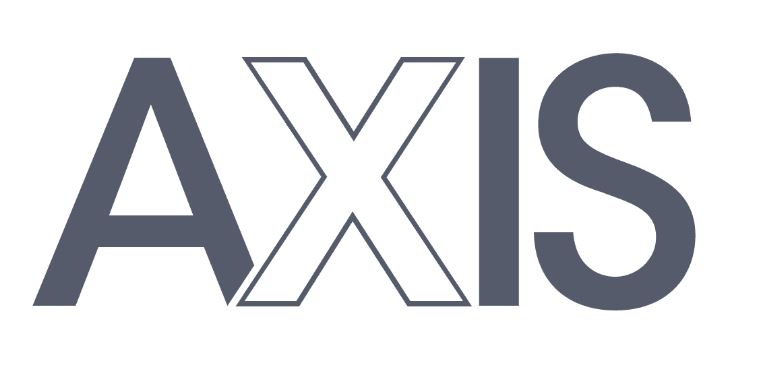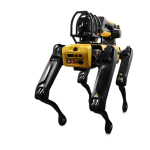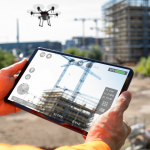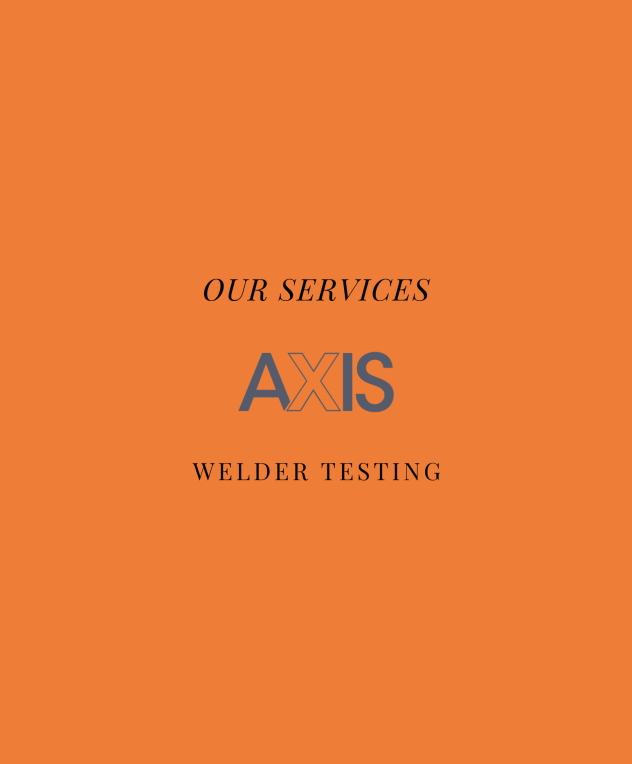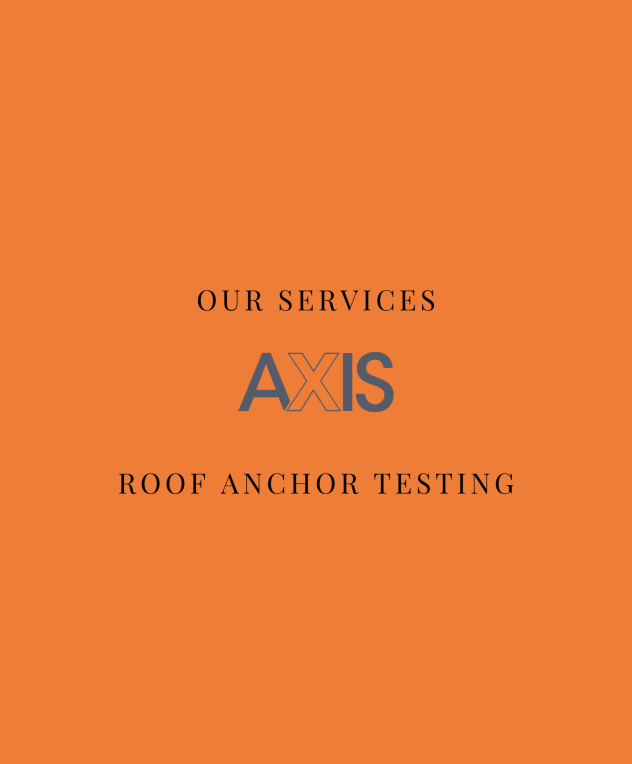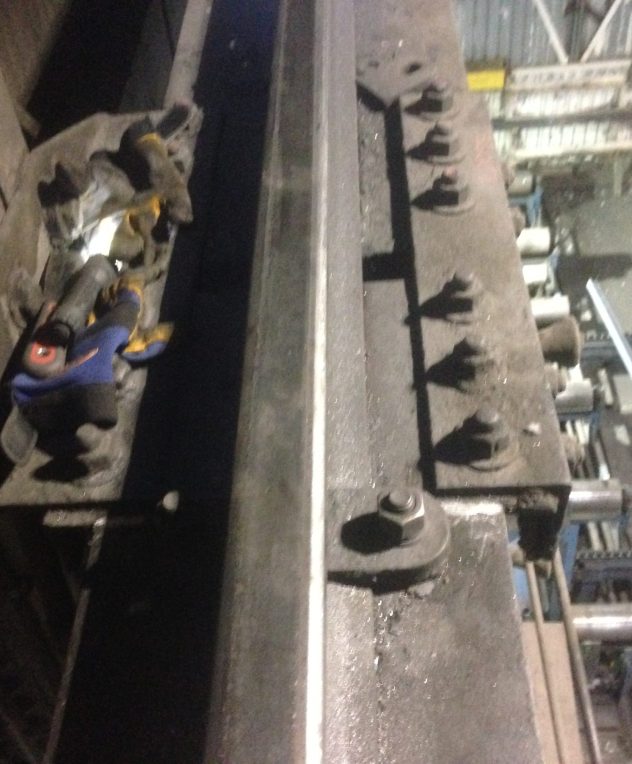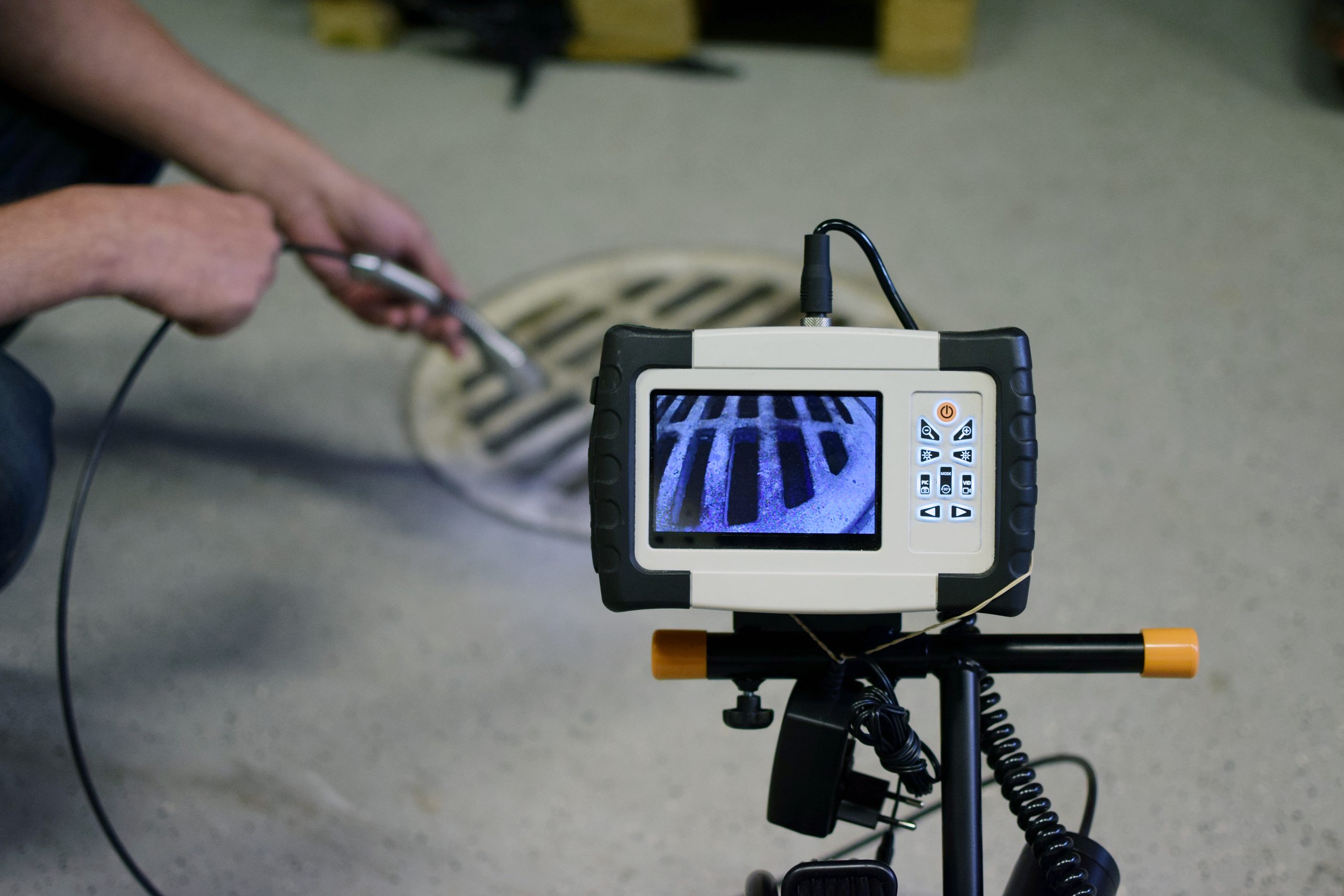
Remote Virtual Inspections & The Future of Inspection Technologies
The COVID-19 pandemic has forced businesses across all industries to adapt to new working methods, and the inspection industry is no exception. With travel restrictions in place and social distancing measures in effect, remote virtual inspections have become a crucial component of ensuring the safety and efficiency of inspections.
In response to these challenges, Valkim Technologies, led by Kimberley Hayes, has been at the forefront of developing dynamic solutions for holistic innovation in and around inspection. The industry needs to be disrupted to make changes. Remote virtual inspections have become the new norm, and Valkim Technologies is leading the way in developing cutting-edge technologies to support this shift.
One solution the industry is exploring is using robots for confined space entry, which Chevron has already implemented. While using robots in confined spaces presents deviations from using people, it is a safer and more efficient solution. Remote virtual inspections have also been a game-changer, allowing inspectors to conduct inspections without being on-site.
The COVID-19 pandemic has been an accelerator for digital transformation. Microsoft CEO Satya Nadella noted in April 2020 that the company saw two years of digital transformation in just two months. This has led to a rapid increase in the use of drones, allowing for greater accessibility and more immediate information in data management systems.
However, the codes and standards governing these technologies have yet to catch up. The future workforce will require mutual mentorship between younger and older generations, and certification and workflow adaptations will need to be updated to keep up with the evolving technology.
One of the challenges of using drones for inspections is the issue of intrinsic safety. IONs can cause electrical sparking, which can lead to safety hazards. To address this issue, Vestec has developed a unique solution that uses UT on drones. This system involves a tethered flying robot, a tether box, NDT sensors, and software analysis and reporting. With this system, 65 UT measurements can be conducted in just 30 minutes with the help of two operators.
As the use of automatic aircraft systems continues to grow, API and ANSI have published guidelines for developing autonomous aircraft systems programs. ASME has also issued standards for using UAS/UAVs for inspections. However, these technologies generate an extensive amount of data, and assisted analysis is needed to review the most essential information. A qualified individual must analyze the remaining information.
ASNT is currently developing a consensus on upcoming definitions for these technologies, which will help to establish best practices and standards for their use in the inspection industry.
In conclusion, remote virtual inspections and emerging technologies like drones and robots are changing the inspection industry. While these technologies present new challenges, they also offer exciting opportunities for innovation and improvements in safety and efficiency. Valkim Technologies, under the leadership of Kimberley Hayes, is at the forefront of developing solutions to these challenges and is helping to shape the future of the inspection industry.
Remote Virtual Inspections/Applications of technologies for remote inspections: by Valkim Technologies, Kimberley Hayes
MFE Inspection Solutions: https://mfe-is.com/
